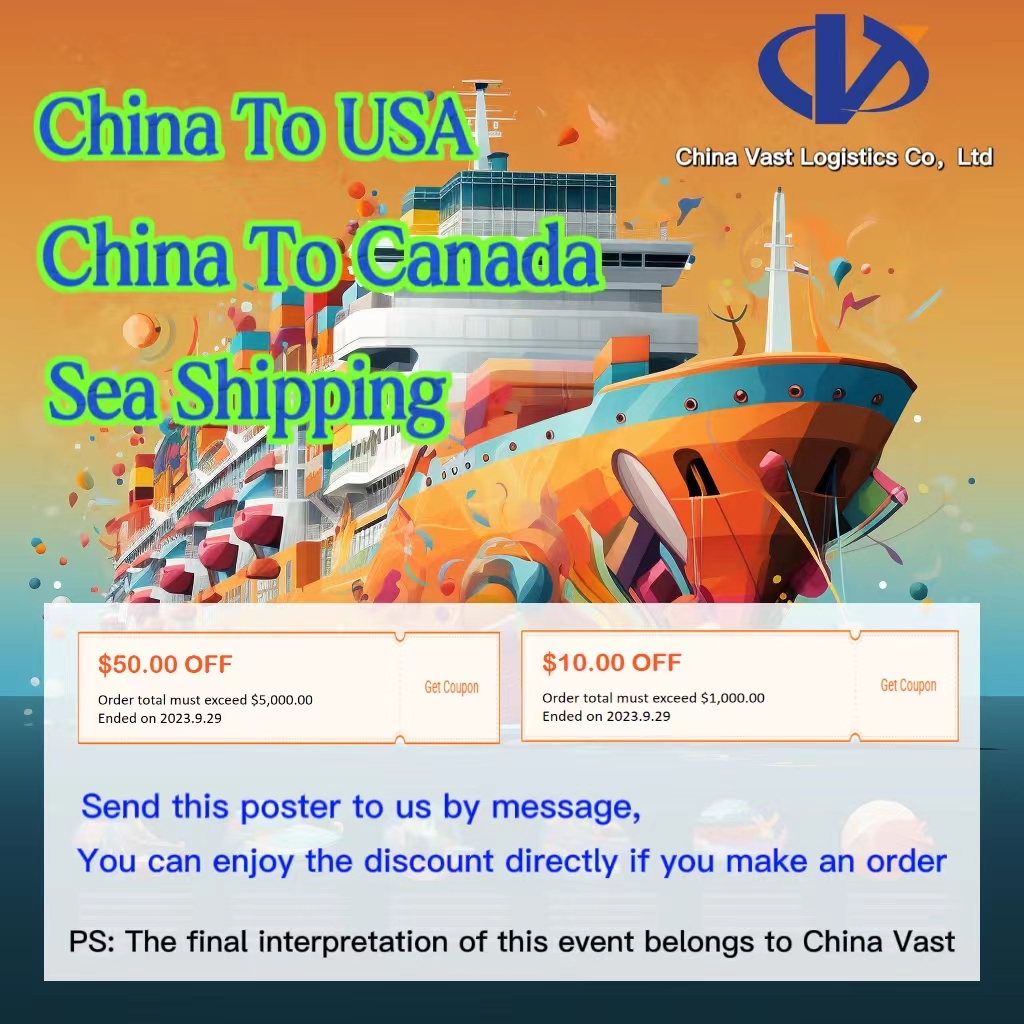When we see containers on highways or at ports, their outer walls often appear corrugated — with a distinctive “wavy” pattern.
Is this just for aesthetic appeal?
Of course not!
In fact, this design has a professional term: corrugated side panels (also called ribbed or fluted walls).
This clever engineering choice serves several important functions.
✅ Functional Advantages of Corrugated Walls
-
Enhanced Strength Without Extra Steel
The corrugated structure increases the wall’s effective thickness without adding more material.
This improves the container’s ability to withstand heavy loads and prevents deformation. -
Reduced Weight
The design helps keep the container lightweight, making it easier and more economical to transport. -
Improved Drainage
The grooves on the surface allow rainwater to flow off easily, preventing water accumulation and corrosion. -
Better Friction for Cargo Stability
Inside the container, the uneven wall surface increases friction with the cargo — helping to keep goods more secure during transport.
⚠️ Disadvantages of Corrugated Design
-
Difficult to Clean
Dirt and residues can accumulate in the grooves over time. -
Complex Maintenance
Once damaged, the corrugated panels are harder and more expensive to repair compared to flat surfaces. -
Not Ideal for Advertising
The uneven surface makes it challenging to paint or apply promotional graphics smoothly.
❄️ Why Are Reefer Containers Flat?
You might have noticed that refrigerated (reefer) containers are designed with flat, smooth surfaces instead.
That’s because they require better thermal insulation and airtightness, and the smooth aluminum panels make it easier to install insulation layers and clean the surface — both inside and outside.
In summary:
The “waves” on a standard container are not for beauty, but for engineering efficiency — balancing strength, weight, and functionality.
Only in specialized cases, like refrigerated containers, does the smooth wall design take precedence for practical reasons.

